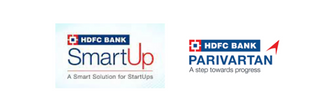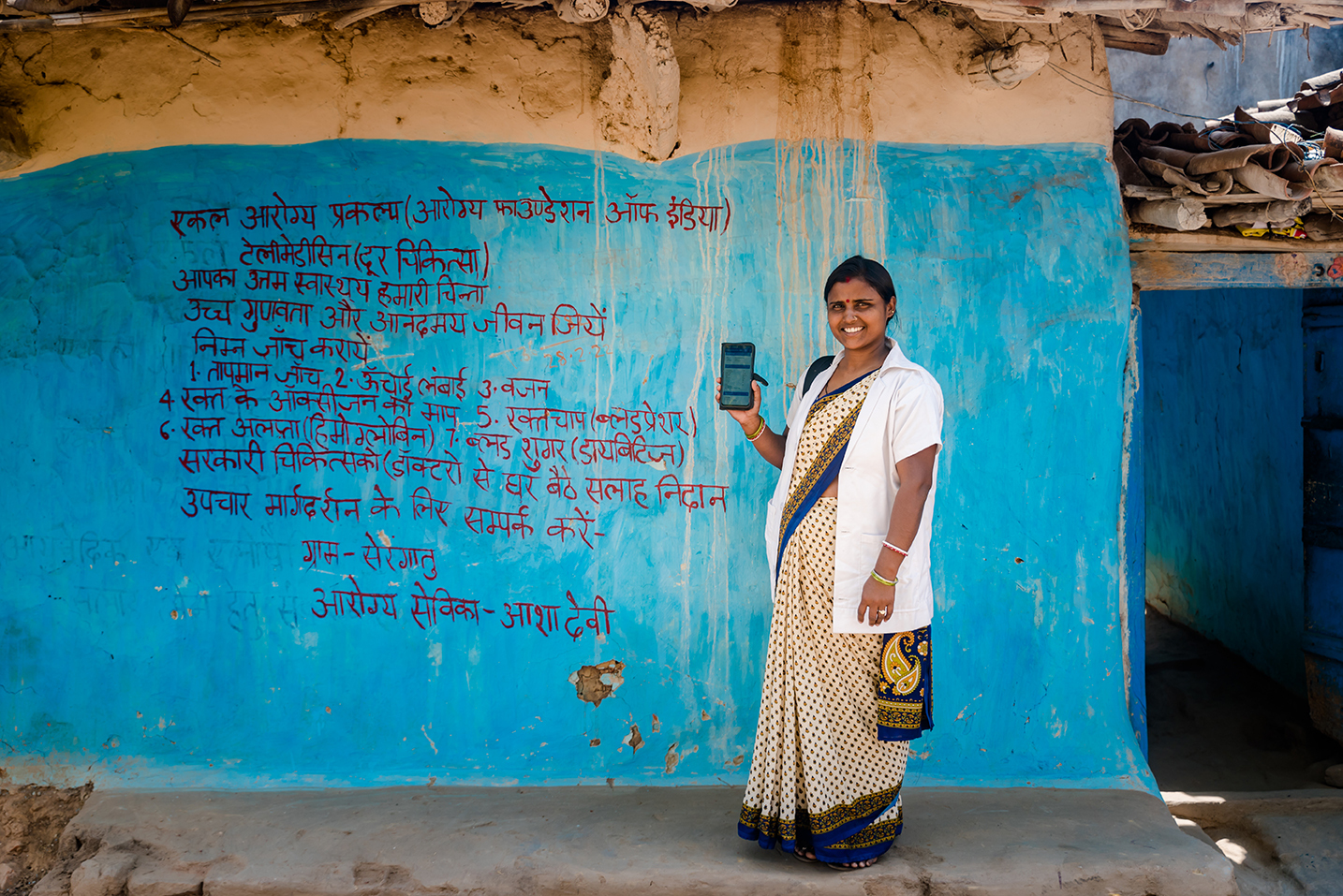Intelehealth awarded at the HDFC Parivartan SmartUp Grants 2022
Intelehealth has been chosen as one of the top 85 grantees of the HDFC Parivartan SmartUp Grants 2022 for its innovative and high-impact solutions to key challenges in Indian healthcare.
Intelehealth, a tech-for-impact organization was recently named the 5th annual HDFC Parivartan SmartUp Grants 2022 winner. Along with Intelehealth, HDFC bank awarded grants to 85 other innovative start-ups from a pool of over 150 applicants from across the country working in various sectors. The grants were awarded following a rigorous screening process that focused on addressing environmental, healthcare, and gender diversity issues.

These grants received will help Intelehealth to expand its reach in rural India, launch new telemedicine projects, and develop and strengthen technology that aims to bridge the gap between rural populations and healthcare providers.
Neha Verma – CEO & Co-Founder, Intelehealth: “We would like to thank the HDFC Parivartan SmartUp Grants 2022 team for recognizing and believing in our work and awarding us the grant. This grant money will be extremely beneficial in assisting us in meeting our current objectives. With this grant, the organization will expand and scale up the Telemedicine projects in areas where access to healthcare remains a barrier. We look forward to this valuable partnership and are grateful for your belief in the mission that we strive for”.
These grants are intended to support startups that provide one-of-a-kind solutions to bring about long-term change in society and the environment. The grants were made available through Parivartan, the HDFC bank’s flagship CSR program for social initiatives.
About Inteleheath : Intelehealth is a tech-for-impact organization: A team of engineers, clinicians, management and public health experts. We’ve developed an innovative open source telemedicine platform connecting the last mile population with affordable and quality healthcare services.
Our mission is to “Deliver quality healthcare where there is no doctor”.
Our vision is “Health for all”, we believe in the vision of universal health coverage – that you should be able to receive the health services you need, when and where you need them, without facing financial hardship.
To know more about Intelehealth, log on to www.intelehealth.org
For more information, kindly contact :
Nishant Pratap Singh – Director, Partnership (nishant@intelehealth.org)
Rhea Mathews Manager – Marketing & Communications (rhea@intelehealth.org)







